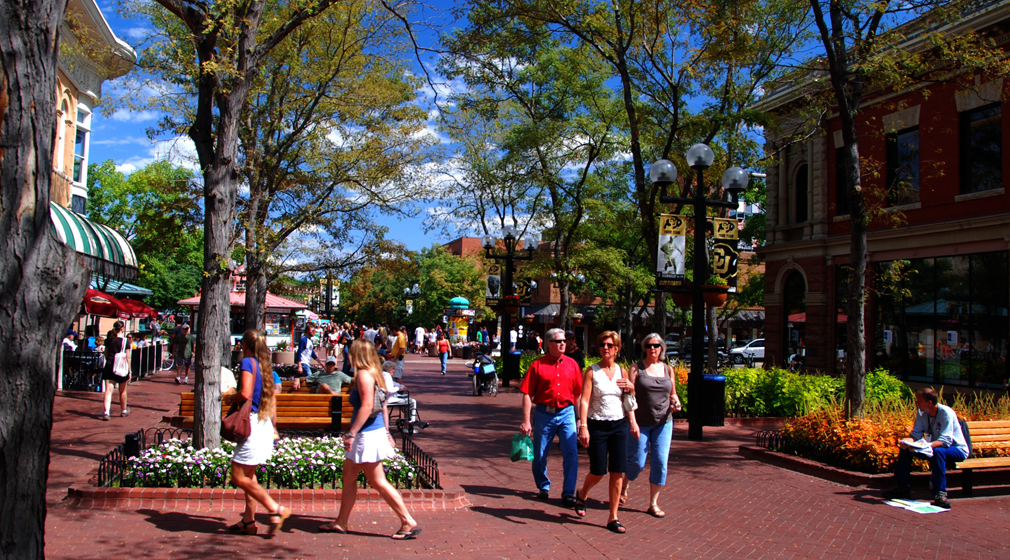Last week I argued that the biggest challenge in changing how we travel is creating a sense of urgency, a sense that we must create a cleaner, richer, fairer and healthier city by looking at transportation differently.
Our current approach to transportation is flawed: our travel uses too many resources and creates too much waste. More specifically, cars use too many resources and create too much waste. In Halifax and Nova Scotia, the direct costs of travel are second only to the costs of housing; if indirect transportation costs are included, we spend more on transportation than on housing, food, education or health care.
I believe the problem is quite simple: we have built too many places where the only good travel option is the car. We have devoted too much money and too much space to cars. Instead of being a useful tool, cars dominate our cities and towns. The good news is we can change this, but we need to look at the problem of transportation differently. We need to view sustainable transportation as an urgent priority and create a new vision for how people travel.
To build a better transportation network, the first thing to acknowledge is that our major problems are not technical problems. There are no silver bullet projects or new approaches that on their own will ‘fix’ our problems. If we want to build a better transportation network, we have to start discussing our goals and our values. We have to discuss some tough questions:
- What are we trying to do? Reduce congestion? Move more people? Create active, healthy communities? Improve mobility and accessibility for people who don’t own cars? Grow transit ridership? Connect people to jobs? Grow the economy? Support downtowns or main streets? Reduce carbon emissions? Reduce the amount of asphalt? Reduce accidents, deaths and injuries? Which of these things are priorities? What are the tradeoffs?
- How much space do we give to different modes? How should we prioritize cars, bikes, pedestrians or buses on our roads? What impact do different choices have on travel times and travel costs?
- How much money should we spend? On what modes? In what neighbourhoods?
- How much should travel cost? What costs should government pay? What costs should the user pay? How do we fund the government’s share? What are the equity impacts and economic impacts of our investments and pricing? Who wins and who loses under different scenarios?
This is a short, simplified list of some of the big questions, but the main point is we need to figure out what we’re trying to do before we figure out how we do it.
So what are the first steps? My priorities would be:
Get better data. We do regular counts on road traffic and highway traffic. We do some pedestrian counts on a small number of streets. Halifax Transit does manual counts every quarter, but the sample is quite small. We need better bike, transit and pedestrian counts. We also need a regional travel survey showing where people work, where trips begin and end, how long trips take and what modes people use. The DalTrac transportation lab has the expertise to do this kind of survey.
Update the transportation work done by GPI Atlantic. In 2006, GPI Atlantic studied the full cost of transportation in Halifax and in Nova Scotia. This work shows the direct and indirect costs of travel for individuals and society. Updating this work would help us understand the real impacts of our travel choices and the trade-offs between different approaches.
Create a regional transportation plan. We don’t have a single, long term vision and plan for transportation in Halifax. Instead we’ve dealt with the pieces separately: active transportation, highways, roads and transit each get their own plan. We need a plan like Vancouver’s that sets clear goals and deals with all modes. We need a plan that considers the needs of the entire region and the individual communities within the region. This plan should be created as a partnership between HRM, the Province and neighbouring municipalities. It should be the product of intense public engagement and debate on our core values and goals.
Create a regional transportation authority for Halifax. We need one authority in charge of planning, maintaining and financing the regional transportation network. We need one authority to implement a regional transportation plan: long term planning for bridges, highways, roads, transit and regional trails should all be under one roof. Nova Scotia’s Sustainable Transportation Strategy recommended this authority, but there’s been no progress.
Transportation is critical to making a better city and a better province. Better, cheaper, greener ways to travel are essential to building a great city. We need to ask the right conversations and make tough choices about how we will travel. We have to create an exciting vision and deliver on that vision. Halifax is lucky to have passionate people pushing for a new approach, but we can’t do it alone: we need the public to start pushing their MLAs and their Councillors to rethink how we travel. Now is the time to start the discussion and imagine a great future for Halifax and for Nova Scotia.





